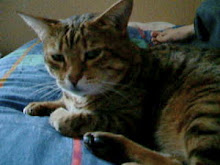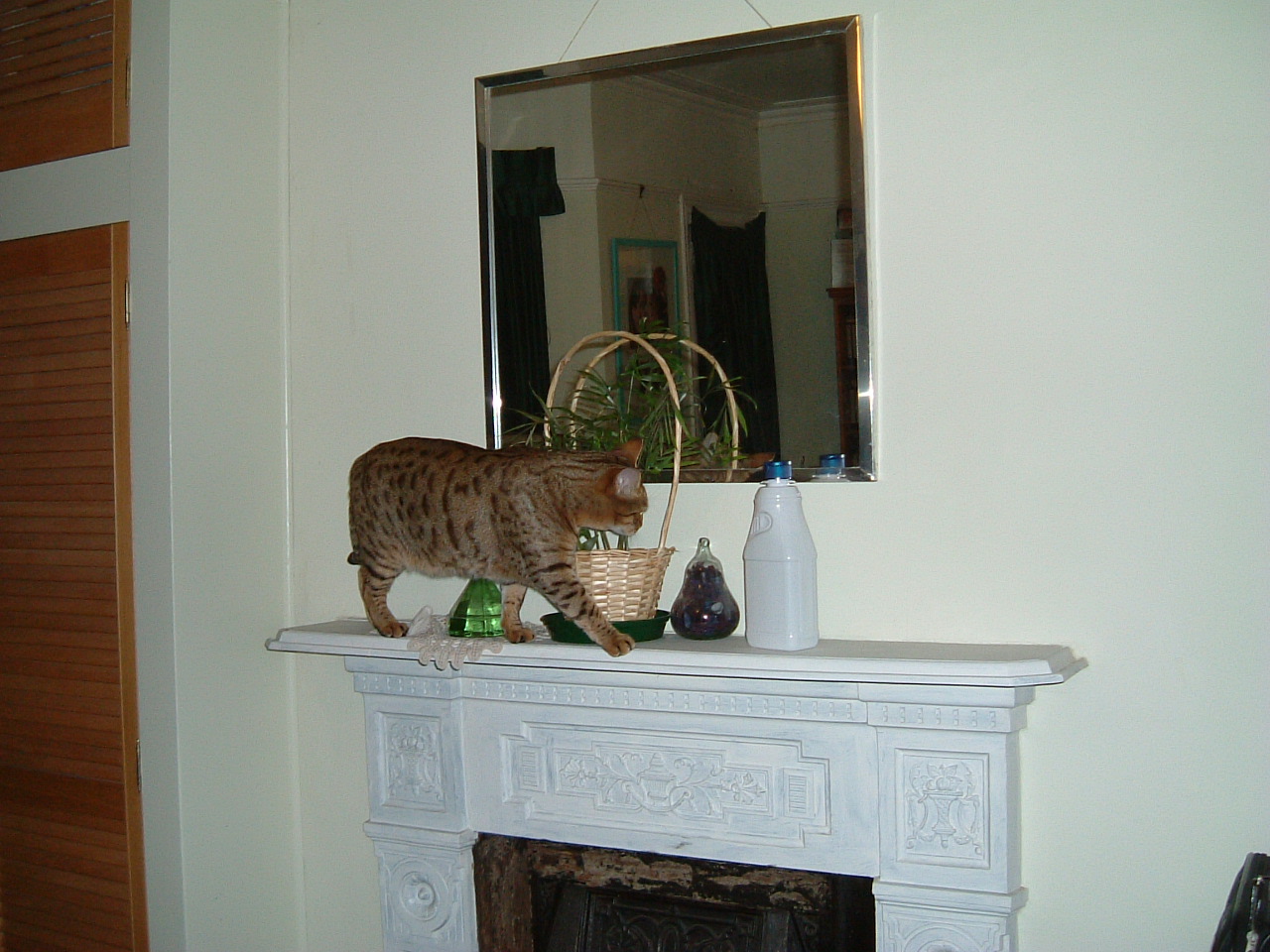http://www.bbc.co.uk/news/health-12722435
英公共放送BBCニュース4月18日付け記事より抜粋
The Japanese authorities have recorded a radiation level of up 400 millisieverts per hour at the nuclear plant itself.
日本当局は、福島第一原発にて1時間あたり400ミリスィーヴァーツの放射能レベルを記録した。
Professor Richard Wakeford, an expert in radiation exposure at the University of Manchester, said exposure to a dose of 400 millisieverts was unlikely to cause radiation sickness - that would require a dose of around twice that level (one sievert/one gray).
マンチェスター大学の被曝関連専門家リチャード・ウェイクフォード教授は、400ミリスィーヴァーツというのは放射能疾患の原因とはなりにくいと語った。その約2倍のレベル(1スィーヴァート/1グレイ単位)でなければ心配ない。
However, it could start to depress the production of blood cells in the bone marrow, and was likely to result in a lifetime risk of fatal cancer of 2-4%. Typically, a Japanese person has a lifetime risk of fatal cancer of 20-25%.
ただし、骨髄で血球が生産されるレベルが下がり始める可能性はあり、その場合は癌で死亡する確率が2-4%発生する。日本人が癌で死亡する典型的な確率は、20-25%である。
A dose of 400 millisieverts is equivalent to the dose from 20 -100 CT scans.
400ミリスィーヴァーツは、CTスキャンを20回から100回受けるのと同様のレベルとなる。
Prof Wakeford stressed only emergency workers at the plant were at risk of exposure to such a dose - but it was likely that they would only be exposed for short periods of time to minimise their risk.
同教授は、同原発で緊急作業に携わる作業員のみがそのようなレベルの被曝に晒されているだけで、しかも彼らの被曝時間は最小限に制限されているはず、と強調する。
The upper limit of their exposure during this emergency is 250 millisieverts - around 12 times the normal permitted annual exposure limit in the workplace.
緊急作業中の被曝制限は250ミリスィーヴァーツまでに制限されている。これは、仕事場における通常年間被曝量の約12倍となっている。
The lower legs of two workers came into contact with highly contaminated water, which led to a high localised dose to the skin (1-2 gray) that was sufficient to cause temporary skin reddening. The dose to the trunks of their bodies was much less, at 100-200 mSv.
放射能汚染水に直接接触してしまった2名の作業員の足から、一時的に肌が赤くなる局部的被曝(1-2グレイ)が発生した。この作業員2名の上半身への被曝は、もっと低いレベルで100-200ミリスィーヴァーツで済んでいる。
However, even a dose of 100 millisieverts over a year is enough to raise the risk of cancer, and a dose of 250 millisieverts could produce an additional lifetime risk of around 1-2%.
しかし、年間100ミリスィーヴァーツの被曝量でも、癌に罹患するリスクを増加する。250ミリスィーヴァーツの場合は、がんで死亡する確率が約1-2%増えることとなる。
The level of exposure for the general population, even those living close to the plant, was unlikely to be anywhere near as high.
原発の近隣に住む一般市民に対する被曝レベルは、このような高いレベルになるとは思われない。
However, levels equivalent to around 25 millisieverts a year have been recorded in the village of Iitate, to the north west of the plant. Professor Wakeford said estimating the impact on human health of such a level was difficult, but there was some evidence to suggest that it could raise the risk of cancer - albeit by a small amount.
ただ、同原発の北西部に位置するイイタテ村において、年間約25ミリスィーヴァーツが記録されている。同教授は、このようなレベルが如何に人の健康に影響するか予測するのは困難としながら、癌で死亡する確率が多少増加した証拠が確認されたケースもあるとしている。
The pattern of contamination around the plant is patchy, reflecting wind direction and rainfall at the time of any release. The risk to people living in less contaminated communities will be much lower than the areas to the north-west of the plant.
原発周辺における汚染パターンはまちまちで、風向きや雨に影響されている。より汚染されていない地域の住民の方々へのリスクは、イイタテ村のような地域と比較してより低くなる。












